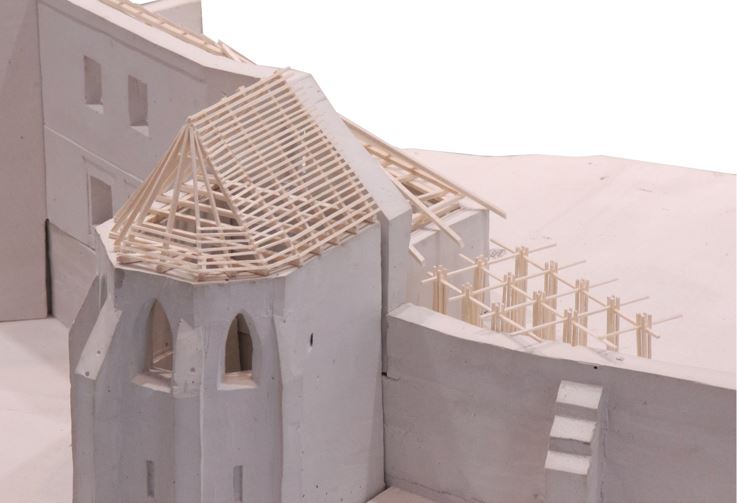
As an expert institution for the conservation of the fortified churches of Transylvania, the Fortified Churches Foundation has been working closely with partners, associations and private initiatives who have dedicated their efforts towards finding interesting concepts for the further use of these historic buildings. Additionally, beginning in 2019, the Foundation has been developing its own adaptive reuse project to set a further example of the numerous possibilities the fortified churches offer in this respect. The project is funded by the Federal Government Commissioner for Culture and the Media, following a Decision of the German Parliament.
The national context does not always work in favour of these types of projects. Poor territorial governance and planning, cultural homogenisation, a lack of guidelines and sustainable governance models, controversial contemporary building practices and poor public awareness of the potential benefits of adaptive re-use are all obstacles that we must tackle in our programme.
Another challenge comes from the fact that we are mainly dealing with monuments located in rural areas, where we are confronted with too little involvement or interest on behalf of the local community, a lack of further funding resources and a lack of knowledge on how to diversify income sources, as well as the scarce availability of human resources to implement and monitor such adaptive reuse projects.
However, the region of Southern Transylvania has become a popular and safe travel destination for foreign and domestic tourists in the past years and we have identified them as a target group for our adaptive reuse concept.
By offering high-standard accommodations in the towers of the fortifications and other annex buildings, as well as by linking the stay to a more holistic heritage experience, we are hoping to meet the sophisticated demand of the culture-seeking tourists visiting this region.
The project includes three fortified churches, each located in unique village settings. The accommodation is to be set up in one or two towers of the defense systems that are built around the respective church buildings. The guests are invited to not only enjoy the quality and comfort of the rooms and amenities, but also to discover the entire fortification, which is exclusively “theirs” for the duration of their stay.
The atmosphere of the place, the history of the medieval monument and the sacredness of the religious heritage can be enjoyed and is to be stimulated by different activities and offers on-site. These are not obligatory but can enhance the exceptional experience of spending a night in a fortified church.
In an attempt to keep these cultural heritage sites relevant in the design of contemporary societies, we have envisaged the project as a way to combine the initial function of the building with a new use that is community-focused and demand-driven.
The main principles guiding our programme are:
- Designing a non-conflicting and non-invasive use: we are dealing with religious heritage sites that are occasionally still used for church services or gatherings by their local communities and must remain available for this use in the future; the new use serves to preserve, maintain and enhance the heritage value of the buildings.
- A participatory approach: involving the owners, the heritage professional community, the local authorities and the local communities in the co-design process, making sure that each stakeholder has the chance to share its visions and participate in the decision-making process.
- Circular economy: the adaptive re-use works proposed include the use of traditional materials, reused materials, natural ventilation solutions, environmentally friendly wastewater management, minimal intervention on the natural landscape, etc.
- Encouraging new common collaborative living and working, as a form of community life that stood at the basis of the Saxon way of living and working, by engaging local entrepreneurs in the design of the new uses of the fortified churches (using local and regional craftspeople for the furnishings, amenities and décor of the apartments).
- A multiplier effect, with a positive impact on encouraging local entrepreneurial initiatives by offering a catalogue of leisure activities by local and regional service providers.
- Inspiring people through their interaction with the building to become members of „heritage communities“ and contribute to their future.
The different scenarios for interventions proposed in the feasibility study have been proceeded by 3D scans of the historic buildings in order to appropriately assess any structural issues not visible during the first site visits, structural engineers consultations, biotechnology and microbiology studies, consultation with water waste engineers and identification of nature-based solutions for the ventilation of the spaces which will be based in the towers of the fortification.
When looking at the regional tourism market and the role of cultural heritage sites in the marketing mix of the destination, fortified churches are a key factor for Transylvania as they are local landmarks and characteristic of the landscape. Travel trends show that the number of individual travellers, small groups and families who self-organise their travel itineraries are expected to rise in the next years enhanced through the current developments, with the main target groups being domestic and European tourists.
The situation on the local level is unique in each of the three villages selected for this project. To go into detail individually would go beyond the framework of this article. However, generally characteristic for Transylvanian rural villages are self-providing households with small-scale farmsteads. The ethnic structure is a composition of many different minorities (mainly Roma, Hungarian, Saxon) and a Romanian majority (between 60%-85%, respectively).
In terms of infrastructure (roads, electricity, gas, water, sewage, healthcare services, schools, telephone reception and internet) mostly all necessary units are existent, with small exceptions where the plans are drawn up and will be implemented in the next 5 years, according to local administrations.
A deficit worth mentioning is the lack of shops and restaurants in rural Transylvania. However, this could be transformed into an opportunity: the potentials of a tourist accommodation in a village could be a motivating factor for the mentioned farmsteads to develop innovative business ideas to generate additional income.
As safety and the sense of security is a decisive factor for tourists when choosing a travel destination, this issue must be more closely evaluated and ensured at each site, involving individual dialogue with the local community.
In preparation for the operational phase of the project, we aim to create a dedicated online platform with unique branding, integrating all the marketing and communication activities, as well as a computer reservation system (CRS). Both online and offline marketing plan is currently being worked on.
The project team is well rounded, comprising managerial, financial, marketing and communication, architecture and specialised expertise for monument conservation. External consultants and experts are contracted in order to complement the project staff with specific expertise and knowledge relevant to the scheduled works and activities.
Through the carefully documented and monitored implementation of the adaptive reuse program, we are aiming to set a best-practice example for further reinterpretation models of religious heritage sites in Romania as this subject has not yet been sufficiently addressed and tackled on a national level.
We invite you to follow our website for more news on our programmes and projects, at www.kirchenburgen.org

Fortified Church Movile, North Tower – “The Bacon Tower” Source: Churchfortress Association
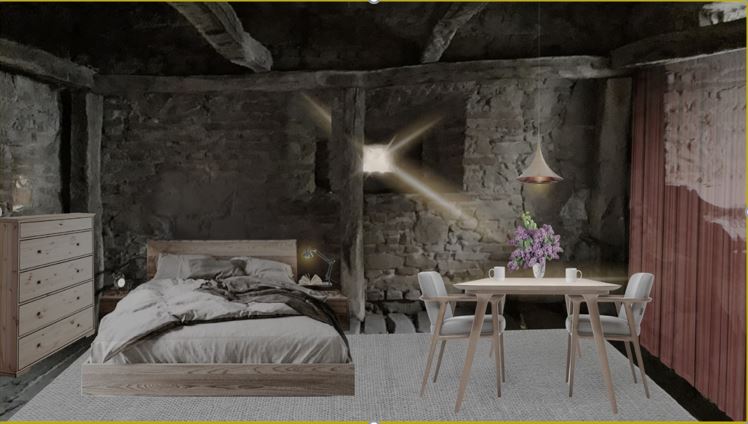
Fortified Church Movile, North Tower Architectural proposal (01) Source: Proper Architecture – Bucharest
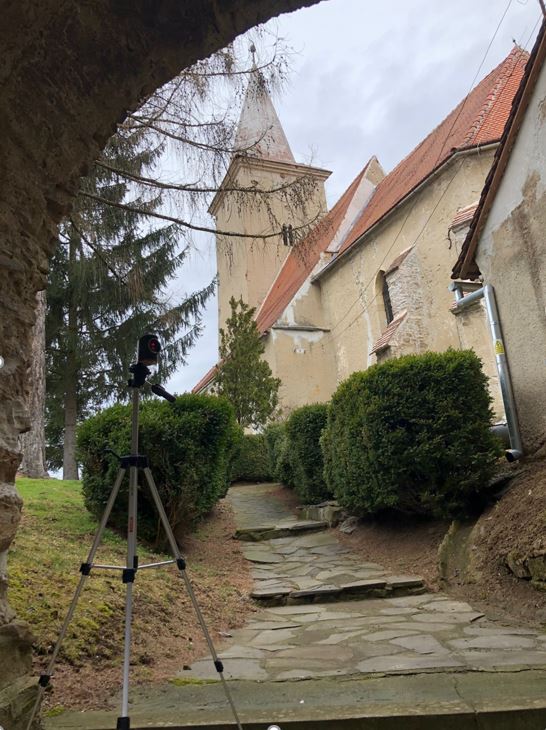
Fortified Church Curciu – Measurements being done on-site. Source: Ruth Istvan
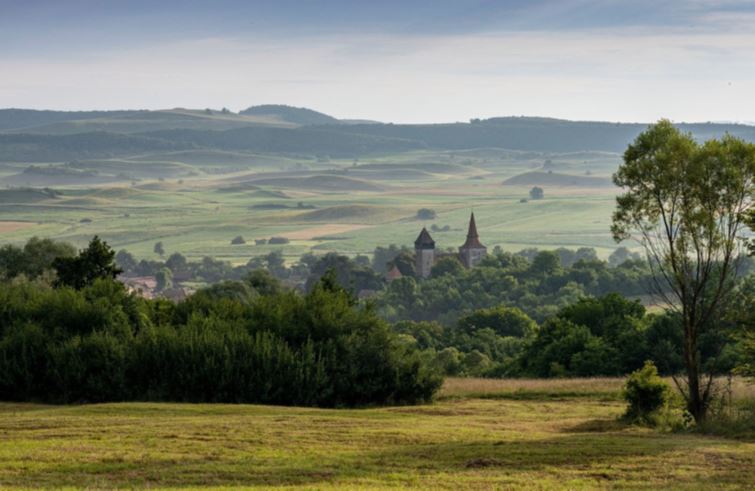
Movile Village ”Village of the 100 hills” Source: Churchfortress Association
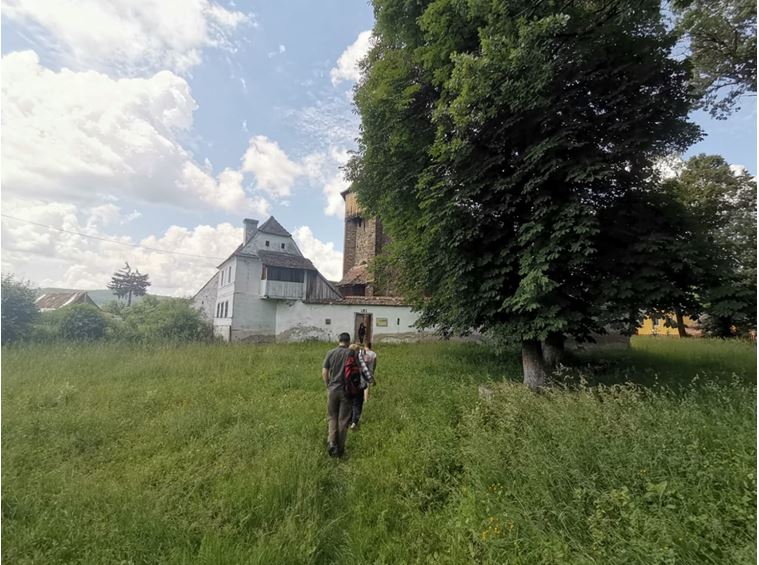
Fortified Church Bradeni – Field Trip of FCF Team Source: Ruth Istvan





Follow us: